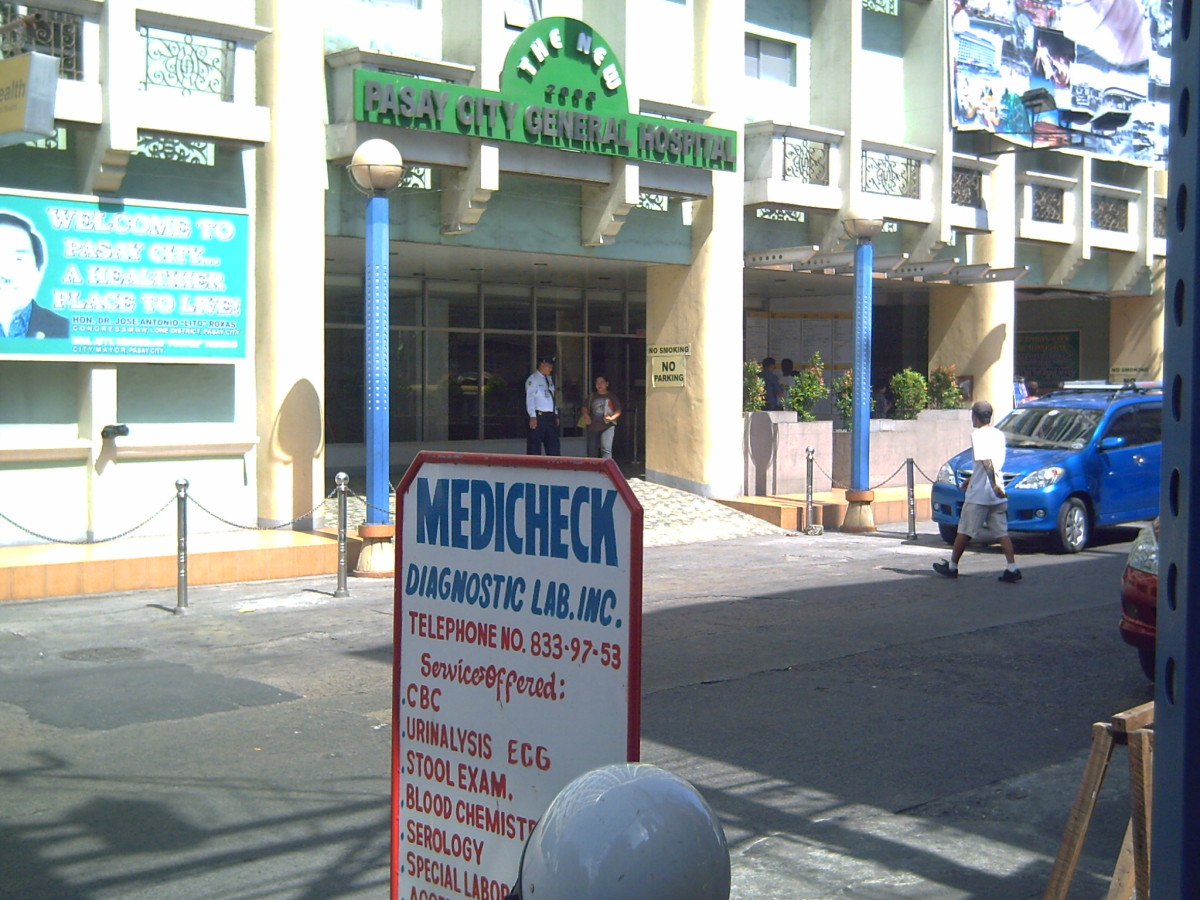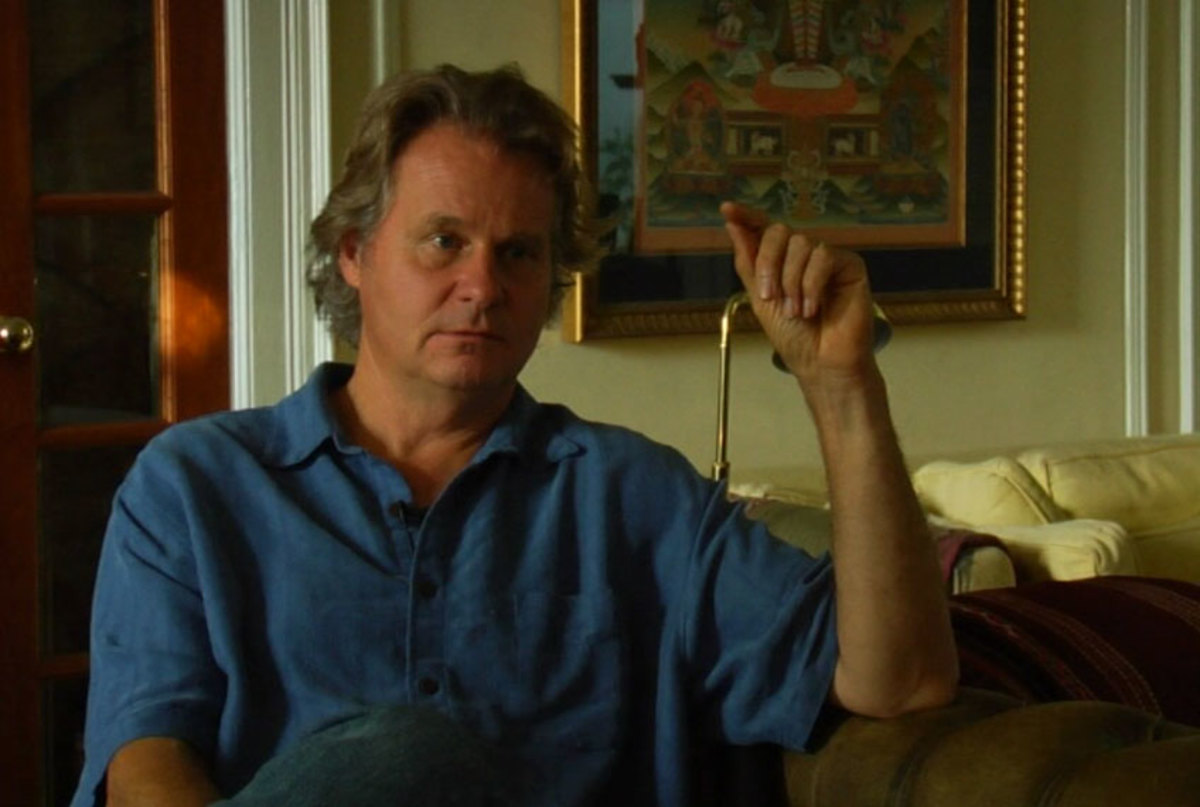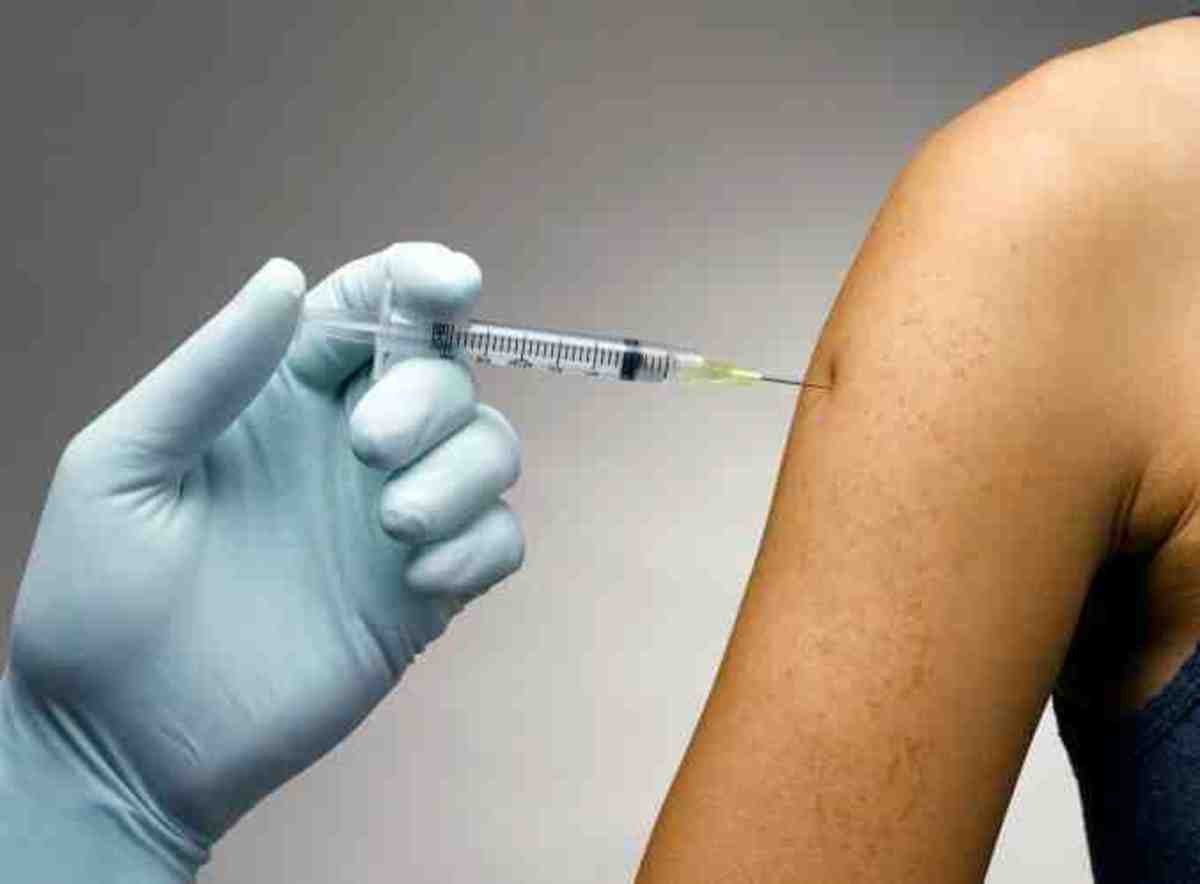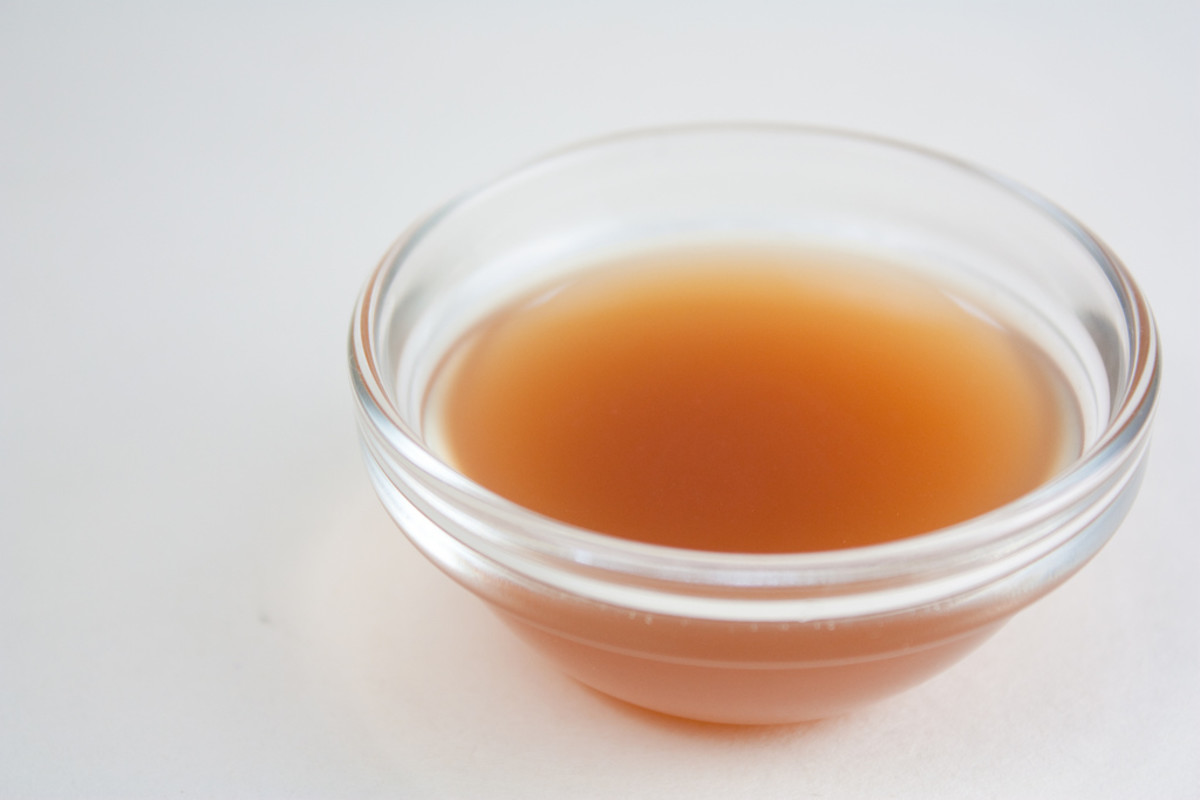Why Prayer is Such a Powerful Medicine

Some Physicians Even Prescribe It
Physical healing does not always result from the latest in medical technology. Sometimes it comes from the oldest method known to man: prayer. And now that fact has been documented.
Dr. Larry Dossey, is an internist and the author of nine books, the first of which was "Healing Words" in 1993. He remembers in his early days of practicing medicine his attitude toward his terminal patients and prayer was - you might as well pray - they'll be holding your funeral soon.
"I believed in the power of modern medicine," he writes. "Prayer seemed an arbitrary frill."
Dr. Dossey has carried such responsibilities as being chief of staff at Medical City Dallas Hospital and serving on then First Lady Hillary Clinton's Task Force on Health Reform. He took his early training at Parkland Memorial Hospital in Dallas, Texas, the hospital whose staff tried to save the life of President John F. Kennedy in November 1963. He has been co-chairman of the Ad Hoc Advisory Panel on MInd/Body Interventions, Office of Alternative Medicine, National Institutes of Health; and executive editor of the Alternative Therapies in Health and Medicine Journal.
After several years of practicing medicine, he had a patient with extensive cancer in both lungs. A year later that same patient had chest x-rays that were completely clear. What was the wonder drug that produced this healing? People from his church had been praying for him. The patient received no radiology or chemotherapy because he had been told it would do no good. His only therapy was prayer.
Over the years Dr. Dossey began to look into studies done by orthodox scientific methods that showed prayer bringing about significant changes in a variety of physical conditions. In one 1988 study by cardiologist Dr. Randolph Byrd, a computer assigned 393 patients at the coronary care unit of San Francisco General Hospital to one of two groups: one group was prayer for and the other group was not. Those praying for the patients were given no instructions other than first names and brief descriptions of their medical conditions. Ten months later the prayed-for patients were five times less likely to require antibiotics, were two and a half times less likely to suffer congestive heart failure, and were less likely to suffer cardiac arrest. Upon seeing the results of this study, a physician well-known as a sceptic of prayer, Dr. William Nolen, stated, "If this is a valid study, we doctors ought to be writing on our order sheets: pray three times a day."
One of the first researchers to study the phenomenon of prayer was Dr. Herbert Benson of Harvard Medical School. He discovered a connection between exercise and prayer. He found runners who meditated on religious verses as they ran became more efficient athletes. Dr. Benson's research found the prayers of Protestants, Catholics and Jews were equally effective in producing healing. He did not document other faiths.
Dr. Dossey has worked his remaining professional life researching and writing about prayer and how it affects our health. He found such simple prayers as "Thy will be done" brought results. Even unconscious prayers are effective. An attitude of prayer is sometimes more helpful than not knowing exactly what to say in prayer. "Prayer is the universe's affirmation that we are not alone," he writes.
Love also seems to be a powerful medicine. "It is uniformly recognized as a valuable element in healing," according to Dr. Dossey. The American Journal of Medicine has stated the frequency of angina (pain) in men has been found to be reduced by fifty percent in those who perceived their wives to be supportive and loving.
Before his first book was published in 1993, only three U.S. medical schools had courses devoted to exploring the role of religious practice and prayer in health. Currently, the number of participating schools is nearing one hundred, many of which use Dr. Dossey's works as texbooks.
We hear hear these sentiments in church. You can read them in scriptures from many faiths. Some of us were simply raised on them. But now there are scientists out there in the hard, cold world of fact and reason coming to the same conclusions? Amazing.
Information for this article came from Reader's Digest and the Web site www.dosseydossey.com.








